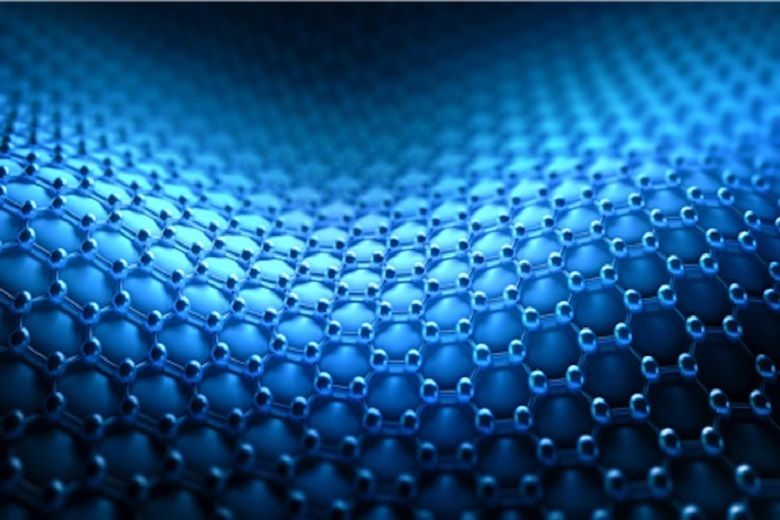Nanomaterials, the building blocks of the nanotechnology revolution, possess unique properties due to their small size and high surface-to-volume ratio. Characterizing these materials is crucial for understanding their structure, composition, and behavior at the nanoscale. With advancements in analytical techniques, researchers can delve into the intricate world of nanomaterials and uncover their immense potential for various applications. This article provides a comprehensive overview of the characterization techniques used to investigate and analyze nanomaterials.
- Scanning Probe Microscopy: Scanning Probe Microscopy (SPM) encompasses several techniques such as Atomic Force Microscopy (AFM) and Scanning Tunneling Microscopy (STM). AFM measures surface topography by scanning a tiny probe over the sample, providing three-dimensional images with nanometer resolution. STM, on the other hand, measures electron tunneling between the sample and a sharp probe, enabling atomic-scale imaging and manipulation of surfaces.
- Transmission Electron Microscopy: Transmission Electron Microscopy (TEM) allows the imaging of nanoscale objects using a focused electron beam. TEM provides high-resolution images that reveal the morphology, crystal structure, and defects of nanomaterials. Energy-dispersive X-ray spectroscopy (EDS) coupled with TEM allows elemental analysis and mapping of the sample.
- X-ray Diffraction: X-ray Diffraction (XRD) is a powerful technique used to determine the crystal structure and phase composition of nanomaterials. By analyzing the diffraction patterns produced when X-rays interact with the sample, researchers can identify the crystal structure, lattice parameters, and orientation of the nanomaterial.
- Spectroscopy Techniques: a. Raman Spectroscopy: Raman spectroscopy probes the vibrational modes of molecules, providing information about chemical bonding, molecular structure, and the presence of impurities or defects in nanomaterials. This technique is non-destructive and offers valuable insights into the composition and quality of nanomaterials. b. UV-Vis-NIR Spectroscopy: Ultraviolet-Visible-Near Infrared (UV-Vis-NIR) spectroscopy measures the absorption, reflection, and transmission of light by nanomaterials. It helps determine the electronic structure, bandgap, and optical properties, enabling the characterization of nanoparticles, quantum dots, and other nanoscale structures. c. Fourier Transform Infrared Spectroscopy (FTIR): FTIR spectroscopy analyzes the absorption and transmission of infrared light to identify functional groups, chemical bonds, and molecular structures in nanomaterials. It is especially useful for studying surface modifications and interactions with other molecules.
- Surface Analysis Techniques: a. X-ray Photoelectron Spectroscopy (XPS): XPS provides information about the elemental composition and chemical states on the surface of nanomaterials. It utilizes X-rays to excite electrons from the sample, and by measuring their kinetic energy, researchers can determine the elemental composition and chemical bonding. b. Auger Electron Spectroscopy (AES): AES probes the surface composition of nanomaterials by detecting the Auger electrons emitted when atoms are excited by an electron beam. It offers elemental and chemical state analysis, with high sensitivity and surface specificity. c. Secondary Ion Mass Spectrometry (SIMS): SIMS analyzes the surface composition and distribution of elements in nanomaterials by bombarding the surface with high-energy ions and measuring the resulting secondary ions. It provides spatially resolved information about the elemental and isotopic composition, making it valuable for analyzing thin films and multilayers.
Conclusion: Characterization techniques play a crucial role in unlocking the properties and potential of nanomaterials. Scanning probe microscopy, Transmission Electron Microscopy, X-ray Diffraction, Spectroscopy Techniques (Raman, UV-Vis-NIR, FTIR), and Surface Analysis Techniques (XPS, AES, SIMS) are just a few of the many characterization techniques available to researchers. These techniques provide invaluable insights into the structural, chemical, optical, and electronic properties of nanomaterials, enabling scientists to design and optimize their applications in various fields.
- Dynamic Light Scattering: Dynamic Light Scattering (DLS) is a non-invasive technique that measures the Brownian motion of nanoparticles in a liquid medium. By analyzing the fluctuations in scattered light, researchers can determine the size distribution, aggregation state, and stability of nanoparticles in solution. DLS is particularly useful for characterizing colloidal systems and nanoparticles with sizes ranging from a few nanometers to hundreds of nanometers.
- Thermal Analysis Techniques: Thermal analysis techniques, such as Differential Scanning Calorimetry (DSC) and Thermogravimetric Analysis (TGA), provide information about the thermal properties and stability of nanomaterials. DSC measures the heat flow associated with phase transitions, melting points, and reactions, while TGA measures the weight loss as a function of temperature. These techniques help assess the purity, thermal stability, and decomposition behavior of nanomaterials.
- Surface Area and Pore Size Analysis: Nanomaterials often possess a high surface area and unique pore structures, which greatly influence their reactivity and adsorption properties. Brunauer-Emmett-Teller (BET) analysis, based on nitrogen adsorption/desorption isotherms, is widely used to determine the specific surface area and pore size distribution of nanomaterials. This information is crucial for understanding their catalytic, adsorption, and filtration capabilities.
- Mechanical and Rheological Characterization: Mechanical and rheological properties are essential for assessing the structural integrity and performance of nanomaterials in various applications. Techniques like nanoindentation, atomic force microscopy-based nano-mechanical testing, and rheology provide insights into the hardness, elasticity, and viscoelastic behavior of nanomaterials. These measurements aid in the design and development of nanocomposites, coatings, and sensors.
- Electron Spin Resonance: Electron Spin Resonance (ESR), also known as Electron Paramagnetic Resonance (EPR), is a powerful technique used to study the electronic and magnetic properties of nanomaterials. By subjecting samples to a magnetic field and measuring the absorption of microwave radiation, ESR can determine the concentration of paramagnetic centers, their chemical environment, and their spin dynamics. This technique is valuable for investigating magnetic nanoparticles, spintronic materials, and magnetic resonance imaging (MRI) contrast agents.
In conclusion, the characterization of nanomaterials is a multidisciplinary endeavor that involves a diverse range of techniques. From imaging and spectroscopic methods to thermal analysis and mechanical testing, each technique offers unique insights into the properties and behavior of nanomaterials. These characterization tools empower researchers to unlock the full potential of nanomaterials and pave the way for breakthroughs in electronics, energy, medicine, environmental science, and many other fields. As nanotechnology continues to advance, further advancements in characterization techniques will undoubtedly contribute to the continued growth and innovation in the field.
